In an extensive interview with Rolling Stone published on Friday in promotion of the DVD/Blu-Ray release of 40 Live – Curætion-25 + Anniversary, Robert expanded upon his thoughts regarding his and the band’s legacy, begrudgingly half conceding towards The Cure’s influence on Goth Music and the overarching subculture.
“I don’t think of the Cure as a goth band. I never have”, Smith told Rolling Stone’s Kory Grow, admitting that he was somewhat part of the subculture during its beginnings through his membership in Siouxsie and the Banshees:
“I grew up in a world where goth hadn’t quite been invented in the way that we know and love it. And I was part of this subculture inasmuch as I went to the Batcave with [Steve] Severin. The Banshees were pretty much a goth band for a while. But even they really weren’t. But real goth bands were around — the ones that were part of that initial movement. They were goth bands, and I wasn’t. I was doing “Let’s Go to Bed” when goth started. So we’d done Pornography and “Hanging Garden,” and there’s a look and a kind of a vibe and an atmosphere, yeah. But was I responsible for goth? No. And if I was, I’d be very happy. But I wasn’t.”
Smith continued, admitting that the did play a part in the history of Goth:
“Cold” from Pornography, I think, sounds gothic, inasmuch as you can say it’s got that particular sound. I’m aware we played a part in it, and I think that we’re part of the history of goth, without question, but like a footnote. The Cure just aren’t a goth band. When people say it to me, you’re goth, I say you either have never heard us play or you have no idea what goth is. One of those two has to be true because we’re not a goth band.”
He continues, musing over a period of backlash at The Cure disappointing some Goth fans.:
“I remember just for a while, goths were outraged that people would think we’re a goth band. They hated us because we’d kind of jumped ship, they thought. Because we sounded like we do on Pornography and the next thing we do is “Let’s Go to Bed” and “Love Cats” and “The Walk” and all these sort of stupid pop singles. So they’re missing the point that before we’d done Pornography, we’d also done Three Imaginary Boys and Seventeen Seconds. We weren’t anything to do with goth. It’s like we passed through that phase and I did a few things that sounded like we were a part of it, and then we moved on to something else.”
Smith’s recollection about Goth’s feeling that The Cure “jumped ship” rings true, as many Goths in the late 80s and early 90s initially refused to listen to anything by The Cure following Pornography, even thumbing their noses at Disintegration, an undeniably Gothic album whose cathedral-esque intro track “Plainsong” proves that the 1989 LP, which also by Smith’s own assertion, is the followup record to 1982’s Pornography.
Towards the end of the interview, Smith then shared his thoughts about the overall Goth subculture:
“I was never a big fan of goth. I loved the subculture. I love subcultural stuff like that where people have a vision of what the world should be, how they should be. I think it can be really charming. There’s a slightly sinister edge to subculture-ism, but generally speaking, it’s a good thing. It helps people feel they belong to something at the time that they probably feel they need to belong to something. And I’d rather goths than skinheads. And I also like the fact that it represented kind of “other.” It’s a dangerous thing to look like a goth. In certain parts of England, you run the risk of a beating if you look like a goth, which I think is fucking outrageous. So in that sense, I feel a community of spirit with goths and other subcultures who choose to live an alternative lifestyle. But I wouldn’t consider myself to be a part of it.”
The Cure – 40 Live Curaetion 25 + Anniversary DVD and Blu-Ray is out now!




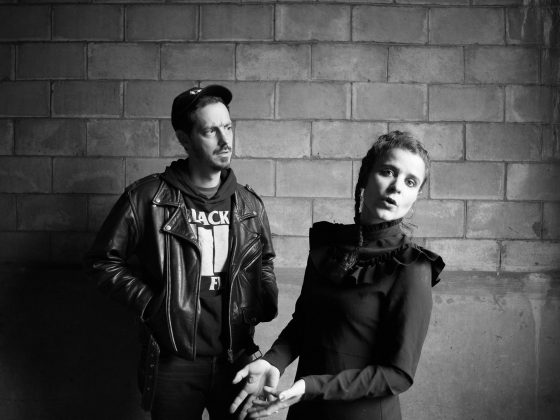

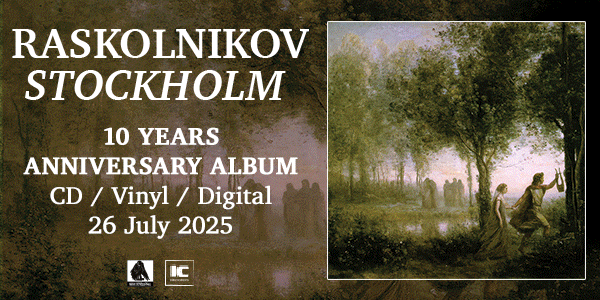


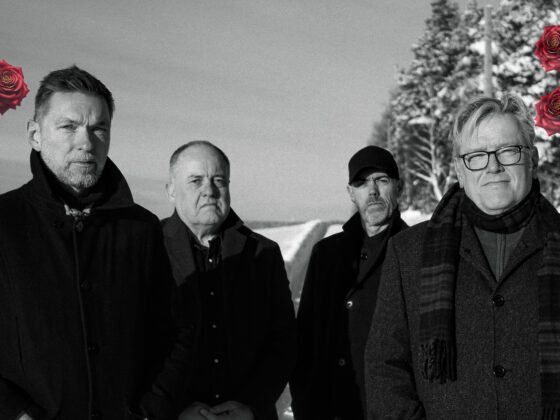
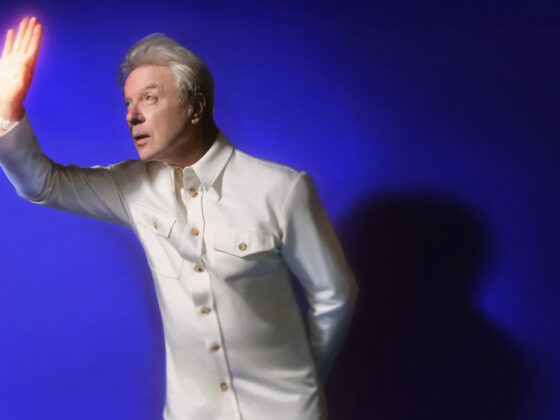
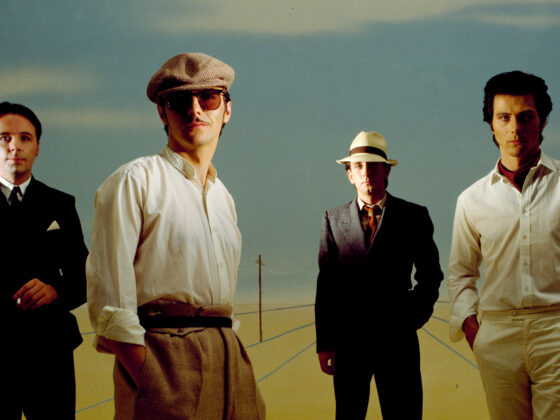
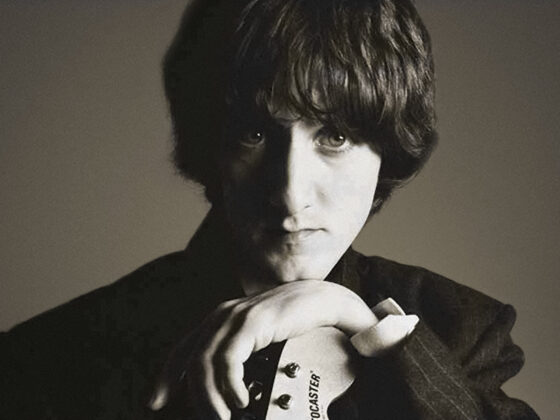
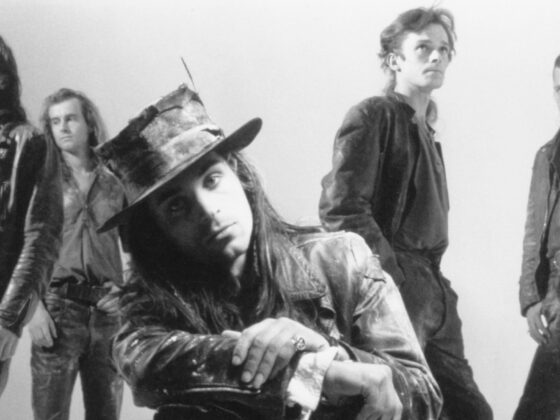
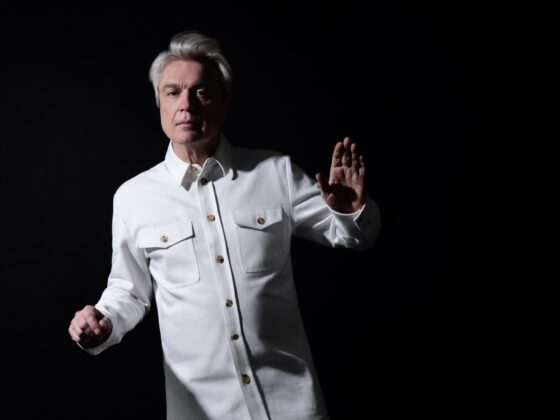

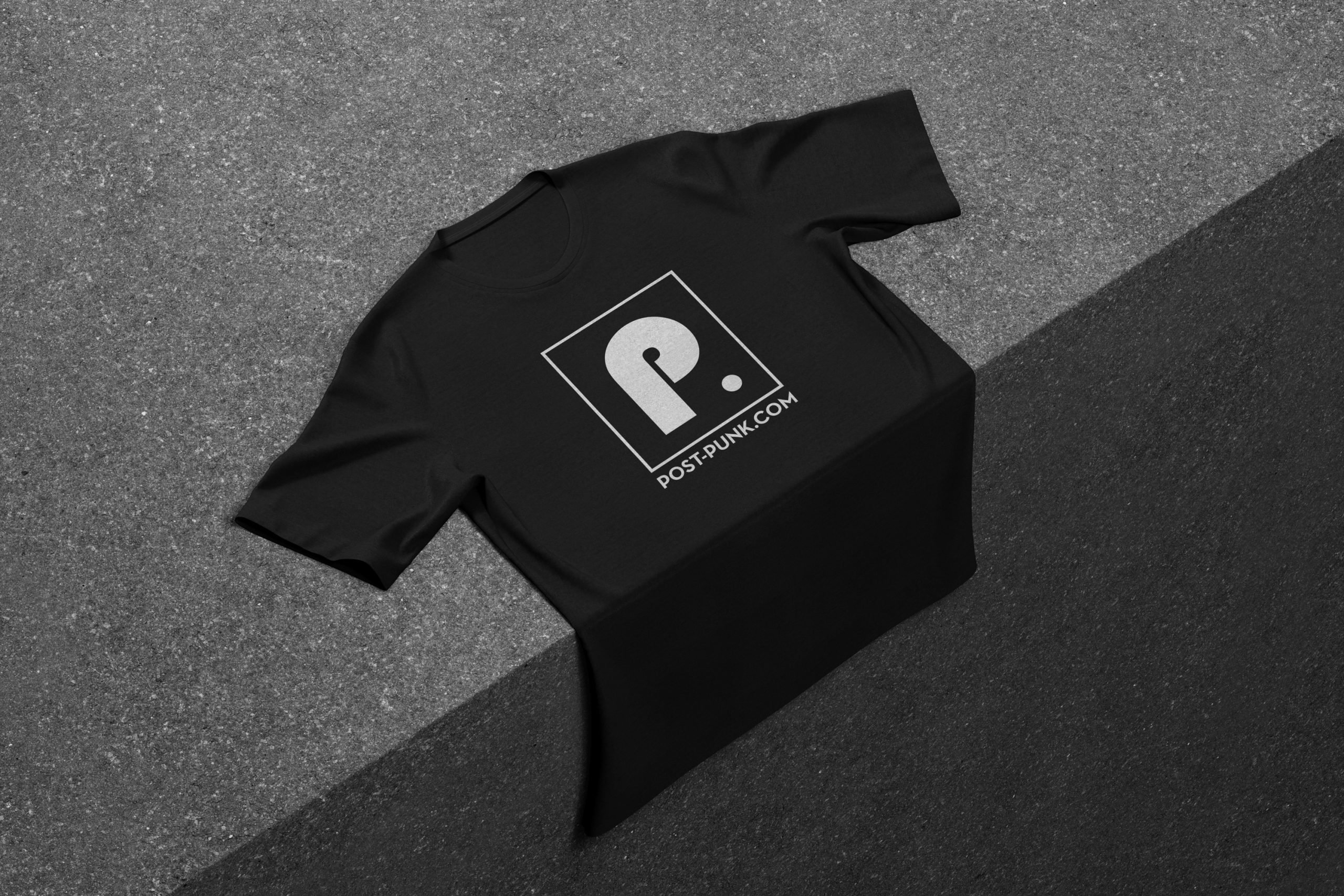 Or via:
Or via: